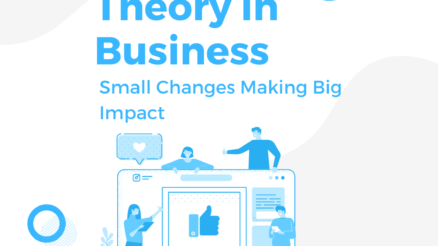Wilfried Kruger is a prolific writer on the subject of change management. He presents his model which is known as Iceberg model of change management. The author uses analogy of iceberg to explain process and dynamics of change management. This model mainly focuses on barriers of change and how these barriers can be managed to ensure change to take place without causing any problem.

Ice Berg Model of Change Management explains that more often than not managers narrowly define only three factors of change and these are: cost, quality and time. The author says that these are issue management. And these are the only tip of iceberg. These are only 10% of change happening in organization and 90% of change is below the iceberg.
Below the tip, the real mountain of iceberg exists. Similarly, in case of change management, there are many hidden problems which managers often ignore and which cost them a failure in implementation of change.
Iceberg Model of Change Management explains further that there are four types of people which are hiding under the water and are part of larger portion of iceberg.
These four types of people are:
- Promoters: They are the people who are positive about the change they support and promote change
- Potential Promoters: They are agreed with change and have a potential to support and implement change but they are not clear in their thinking and some what reluctant about change.
- Opponents: They are the people who are totally against the idea of change and they reject it and are the main barrier of change.
- Hidden Opponents: They are the people who are against the change deep inside of their heart and mind but they they are not open about it.
Following are the two approaches of management which helps in managing four types of people:
- Management of perception and beliefs and
- Power and Politics Management
The critical people for managing change are: Opponents who have negative attitude and behaviour towards change and they can spoil the entire initiative of change. They need to be handled by management of perceptions and beliefs to change their minds and gain their support in favour of change.
Similarly, Hidden Opponents, have negative attitudes towards change but they are supporting change superficially. Such type of people can also be managed by management of perception and believes.
Potential promoters have a positive attitude and behaviour towards change but they are not fully convinced but can be a great support. By using Power and Politics Management they can be fully roped in support of change.



